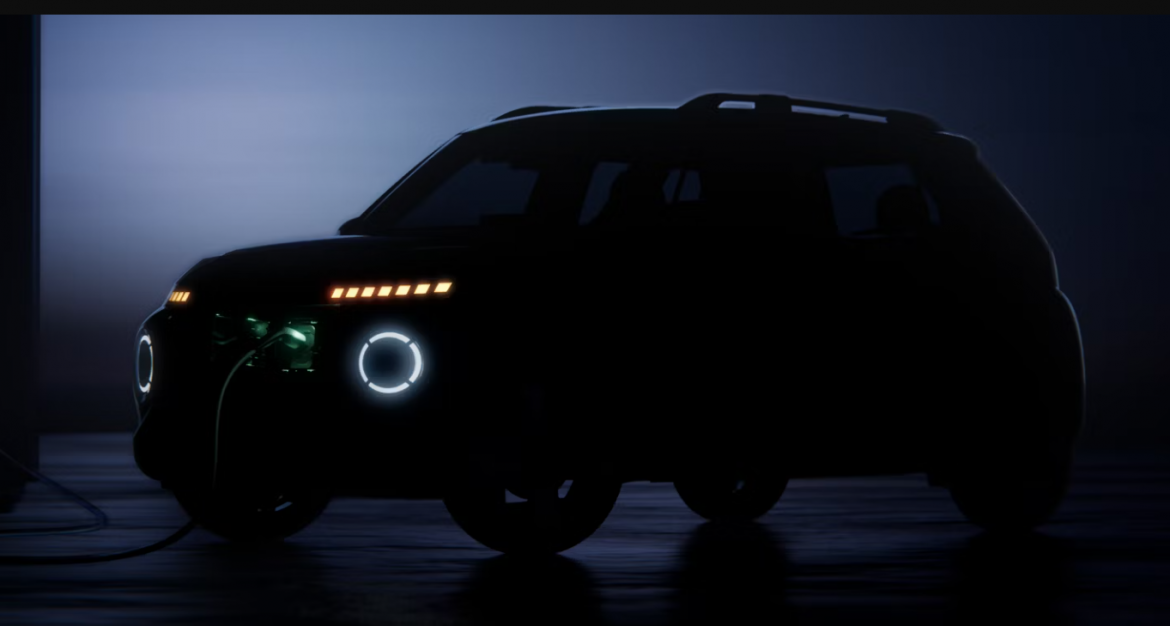Hyundai is poised to disrupt the budget electric vehicle (EV) market in Europe with the upcoming launch of the Inster. This new sub-compact EV, set to be officially unveiled at the Busan International Mobility Show later this month, promises to offer significant advancements in range, technology, and safety features. As European consumers increasingly seek affordable EV options, Hyundai’s entry could significantly reshape the market dynamics.
The European EV market has been slow to grow, primarily due to the high costs associated with electric cars. Many potential buyers are interested in switching to electric but are deterred by the financial burden. Affordable models are crucial to making EVs accessible to a broader audience, particularly for urban commuters where electric cars are most efficient.
Hyundai Inster: specifications and features
The Hyundai Inster, an evolution of the Casper petrol model sold exclusively in Korea, aims to set new standards in the budget EV segment. Hyundai claims that the Inster will offer an impressive 220 miles of range on a single charge, significantly more than its direct competitors. “The Inster will redefine what buyers can expect from a vehicle in this class,” a Hyundai spokesperson stated, highlighting the car’s advancements in driving range, technology, and safety.
Competing with the Dacia Spring
Hyundai’s main competitor in this segment is the Dacia Spring, which has gained popularity for its affordability and practicality. The Spring has a starting price of around £15,000, making it one of the cheapest EVs on the market. However, Hyundai is unlikely to undercut this price. Instead, the company will focus on the superior features and brand strength of the Inster to attract buyers. The Inster’s higher range and advanced safety features are expected to justify a slightly higher price point.
Design and aesthetic appeal
The Inster’s design borrows heavily from the Casper, with a downsized SUV profile that appeals to urban drivers. The vehicle features signature LED daytime running lights, pixel-graphic turn signals, and tail lamps, giving it a modern and stylish appearance. These design choices aim to make the Inster more attractive to consumers who prioritise both functionality and aesthetics.
Enhanced interior and performance
Inside, the Inster is expected to offer a more refined and technologically advanced environment compared to the Dacia Spring. Hyundai is likely to equip the Inster with a more powerful motor, exceeding the Spring’s 45hp entry-level option. This power boost, combined with a showier interior, aims to convince consumers that upgrading to an EV is both practical and desirable.
Strategic implications for Hyundai
Hyundai’s decision to launch the Inster in Europe is part of a broader strategy to capture a significant share of the growing EV market. The company has a strong track record of turning previously uninspiring products into market successes, and the Inster is expected to follow this trend. By offering a competitively priced, feature-rich EV, Hyundai hopes to attract a wide range of customers, from first-time EV buyers to urban commuters looking for a reliable and efficient vehicle.
Market outlook
The competition in the budget EV market is intensifying. Hyundai’s entry with the Inster will put pressure on other manufacturers to innovate and offer better value propositions. While Dacia has enjoyed success with the Spring, the Inster’s superior range and technological advancements could sway many potential buyers towards Hyundai. Other manufacturers are also likely to enter this segment, further increasing competition and benefiting consumers with more choices and better products.
A new era for affordable EVs
Hyundai’s introduction of the Inster represents a significant step forward in the budget EV market. With its advanced range, technology, and design, the Inster is set to challenge the dominance of the Dacia Spring and other competitors. As more manufacturers enter this space, the increased competition will drive innovation and make electric vehicles more accessible to the average consumer. The future of affordable electric mobility in Europe looks promising, and Hyundai is well-positioned to lead this charge.



